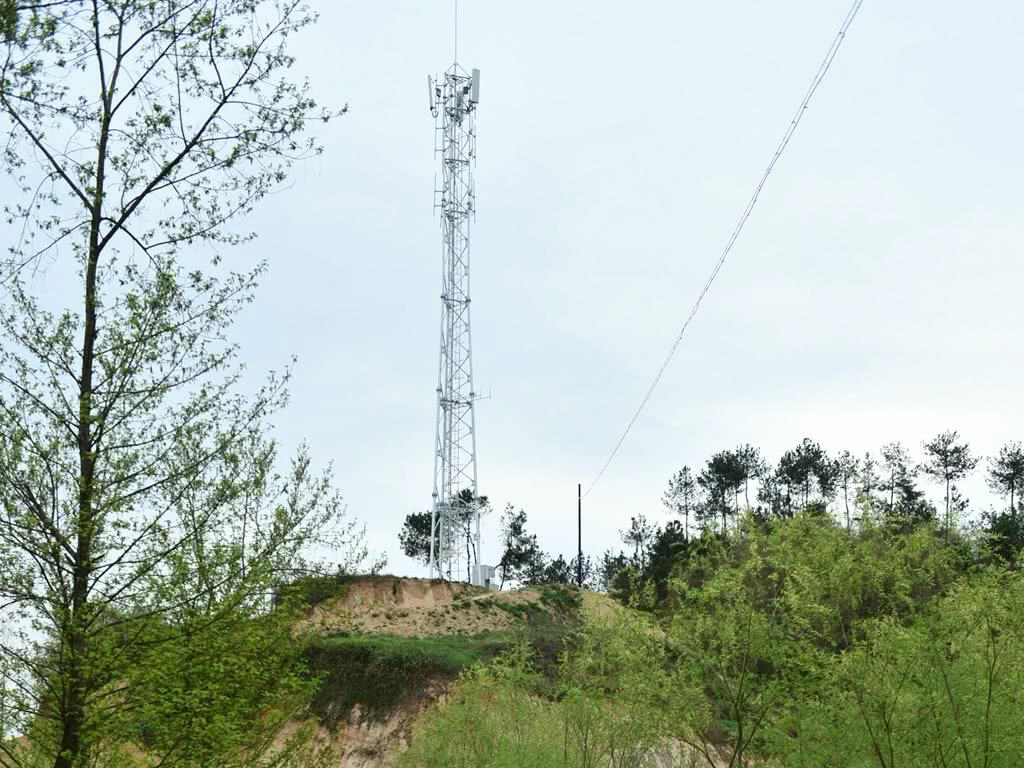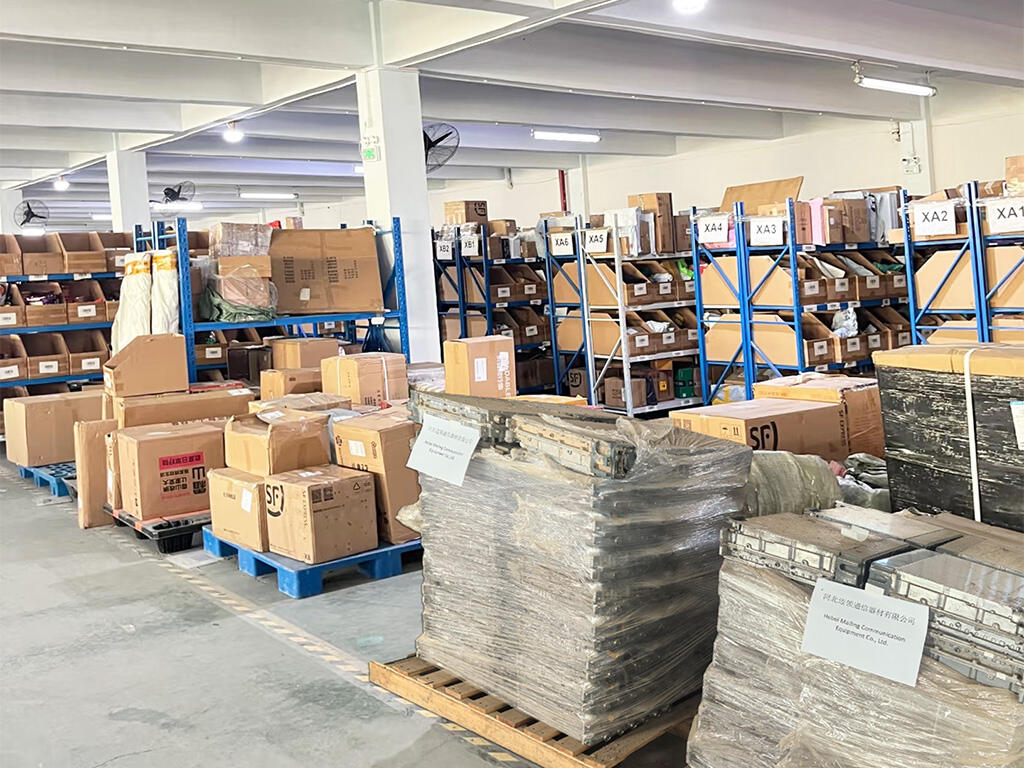Power Module Efficiency and Its Effect on Communication System Stability
How Power Module Efficiency Influences Signal Integrity
The efficiency level of power modules has a real impact on how reliable communication systems are, mainly because they affect both electrical noise levels and heat generation. When these modules work at efficiencies under 90%, they tend to produce around 40% more harmonic distortion according to some recent research from IEEE. This extra distortion messes with signal quality in equipment such as 5G base stations, making it harder for signals to stay clear. Packet losses become much more common, particularly noticeable in those high frequency mmWave networks we're seeing everywhere now. One big telecom company actually saw their signal error rates drop by nearly two thirds when they switched out old gear for newer modules running at 94% efficiency. The takeaway here is pretty straightforward: getting cleaner power delivery really matters if we want our data transmissions to stay intact without corruption issues.
Case Study: Power Module Failure Leading to Network Outage in Industrial Setting
A major car parts maker experienced a devastating 14 hour network outage back in 2022 when old power modules failed on their smart factory floor, costing them around two million dollars. Looking into what went wrong showed the problems started small but got worse fast. The whole mess began with a drop in voltage coming from an AC to DC converter running at just 72% efficiency. Then things really spiraled out of control as communication delays jumped all the way up to 800 milliseconds before the entire PLC system finally shut down completely. Fixing everything ended up costing over 180 thousand bucks because the printed circuit boards had melted from sitting too hot for too long. This incident serves as a clear warning sign for manufacturers everywhere about why they should bring in outside experts to check how efficient their equipment actually is before trusting it to run critical operations.
Trend: Adoption of High-Efficiency GaN and SiC Power Modules in Telecom Systems
The telecom industry is rapidly adopting GaN (gallium nitride) and SiC (silicon carbide) power modules to address efficiency, heat, and space constraints:
| Technology | Efficiency Gain | Heat Reduction | Space Savings |
|---|---|---|---|
| GaN | 12% vs. Silicon | 35°C avg. | 60% smaller |
| SiC | 9% vs. Silicon | 28°C avg. | 45% smaller |
Verizon’s 2024 deployment of GaN-based rectifiers across 15,000 cell towers cut annual energy costs by $8.7M and improved signal consistency in 4G/5G handoff zones.
Strategy: Designing Fault-Tolerant Power Supplies for Mission-Critical Communication Nodes
Modern fault-tolerant designs integrate three key techniques:
- Phase-Interleaving: Reduces current stress by 55% in multi-module setups
- Dynamic Load Sharing: Maintains <5% load imbalance during module failures
- Predictive Analytics: ML models detect capacitor wear up to 600 hours in advance
A hospital network using these strategies achieved 99.9999% power availability for emergency communications, with automatic failover completing in under 2ms during simulated outages.
Managing Electromagnetic Interference Between Power Modules and Communication Circuits
Understanding EMI Generation in Power Modules and Its Impact on Zigbee Communication
Power modules generate electromagnetic interference mainly because of those high frequency switches inside DC-DC converters and voltage regulators. The problem is this interference spreads out in two ways: it gets conducted along wires and also radiates into space, messing up signals for things like Zigbee devices that work on the 2.4 GHz band. According to some research published last year, nearly half of all embedded systems didn't pass their first round of EMI testing simply because they lacked proper filtering on their power supplies. When looking specifically at Zigbee networks, we're seeing packet losses sometimes go over 15% when these power modules aren't properly filtered. That kind of disruption really hurts how well IoT devices actually perform in real world situations.
Best Practices for EMI Shielding in Dense Electronic Environments
Effective EMI mitigation requires layered approaches:
- Conductive enclosures made from copper-aluminum alloys provide 60–80 dB attenuation up to 6 GHz
- Ferrite chokes reduce common-mode noise by 20 dB across 1–100 MHz
- Optimized PCB layout cuts loop areas by 40%, minimizing coupling
Recent research in PCB layout optimization from leading EMC researchers shows that separating power and signal layers with grounded copper pours reduces capacitive coupling by 35% in 5G base station designs.
Balancing Miniaturization and Electromagnetic Compatibility in Power Module Design
Miniaturization increases EMI risks due to tighter spacing, which raises capacitive coupling by 30–50% compared to conventional layouts. Advanced solutions include:
| Technique | EMI Reduction | Implementation Cost |
|---|---|---|
| Embedded planar magnetics | 35% | Medium |
| Split ground planes | 25 dB | Low |
| GaN-on-SiC substrates | 50% | High |
Radiation-hardened modules now incorporate localized shielding caps and 0.1 mm dielectric spacers, achieving MIL-STD-461G compliance in packages under 15 mm³, making them ideal for satellite transceivers and other compact communication systems.
Environmental Stressors: Thermal, Radiative, and Mechanical Challenges for Power Modules
Power modules in mission-critical systems face accelerated degradation under extreme environmental conditions. Three primary stressors threaten long-term reliability:
Degradation Mechanisms in Power Modules Under High Temperature and Thermal Cycling
Temperature swings between -40°C and 125°C lead to cumulative damage via:
- Solder joint fatigue (responsible for 38% of thermally-induced failures)
- Electrolyte evaporation in capacitors
- Delamination of thermal interface materials
| Stressor | Failure Mode | Typical Impact | Mitigation Strategy |
|---|---|---|---|
| Thermal Cycling | Solder joint cracking | Intermittent power delivery | SnAgCu solder alloys |
| Sustained Heat | MOSFET threshold drift | Voltage regulation errors | Active cooling systems |
| Thermal Shock | Ceramic capacitor fractures | Complete power supply failure | Stress-relief PCB layouts |
Modules exposed to daily thermal cycling fail 3.2× faster than those in stable environments, according to industry data.
Radiation-Induced Failures in Power ICs and Their Impact on Data Transmission
Ionizing radiation causes two dominant failure modes:
- Single-Event Latch-up (SEL): Creates short circuits that disable voltage regulation
- Total Ionizing Dose (TID): Gradual degradation reducing MOSFET drive capability by 15–60%
These effects introduce timing errors in digital communication, with X-band radar systems showing a 22% increase in bit error rates when using non-radiation-hardened power ICs.
Case Study: Communication Equipment Performance in Nuclear Power Plant Accidents
During 2023 stress testing of emergency communication gear, standard power modules failed within 72 hours under 50 krad/hr gamma radiation. In contrast, radiation-hardened designs using Silicon-on-Insulator (SOI) technology maintained 94% efficiency over a 30-day trial, proving essential for reliable operation during nuclear incident response.
Strategy: Selecting Radiation-Hardened and Thermally Resilient Power Modules
Use a three-tier selection framework:
- Minimum 100 krad TID tolerance for radiation-prone settings
- ≥10,000-cycle thermal shock certification (-55°C to +150°C)
- Vibration resistance up to 15g RMS (MIL-STD-810H)
Prioritize modules with copper-aluminum composite baseplates and hermetically sealed packaging for deployments in harsh industrial or aerospace environments.
The Risk of Single Point of Failure in Non-Redundancy Power Architectures
Power systems that lack redundancy create serious problems for communications networks. When one component fails, it often leads to major disruptions across entire systems. Companies typically lose around $740,000 each year from unexpected shutdowns according to research by Ponemon in 2023. Last year, a local cell phone company had a massive 14 hour outage when their only power source's capacitor gave way, leaving 12 thousand customers without service. Most experts in the field point fingers at poor power backup planning for about three quarters of all network failures. This highlights why building robust systems should be a top priority for anyone running critical infrastructure these days.
Principle: N+1 Redundancy Models in Power Supply Design for Communication Hubs
The N+1 redundancy system works by having one spare module ready to go while the main ones are running. According to reports from big telecom companies, this setup cuts down on failures by around 92% compared to systems without backups. Take the example of a Tier-4 facility in Arizona last summer. When temperatures hit record levels in July 2023, their servers stayed online at 99.999% availability because those backup modules kicked in automatically once the primary hardware started overheating. Most experts agree that this kind of redundancy makes sense for critical infrastructure projects. We're seeing it implemented widely now across telecom networks, especially where 5G equipment needs constant monitoring since these base stations handle so much traffic without downtime.
Case Study: Uptime Improvement in Cellular Base Stations Using Dual Power Modules
One European telecom company saw base station reliability jump by about 63 percent when they retrofitted around 4,500 towers with dual power modules last year. When there were problems with the electrical grid, these backup systems handled voltage drops successfully in roughly 8 out of 10 instances, which meant fewer dropped calls and less data getting lost during those tricky moments. Plus, this setup made maintenance work much smoother overall. Technicians could swap out old modules while keeping everything running normally, so customers never noticed any downtime at all.
Implementing Hot-Swappable Power Modules for Continuous Operation
Hot-swappable power modules allow live replacement of faulty units, minimizing downtime. A 2023 trial with metro-area networking gear showed 40% faster recovery times versus traditional systems requiring full shutdowns. When paired with predictive monitoring systems, this approach reduces mean-time-to-repair (MTTR) by identifying modules approaching end-of-life thresholds before failure occurs.
Table of Contents
-
Power Module Efficiency and Its Effect on Communication System Stability
- How Power Module Efficiency Influences Signal Integrity
- Case Study: Power Module Failure Leading to Network Outage in Industrial Setting
- Trend: Adoption of High-Efficiency GaN and SiC Power Modules in Telecom Systems
- Strategy: Designing Fault-Tolerant Power Supplies for Mission-Critical Communication Nodes
- Managing Electromagnetic Interference Between Power Modules and Communication Circuits
-
Environmental Stressors: Thermal, Radiative, and Mechanical Challenges for Power Modules
- Degradation Mechanisms in Power Modules Under High Temperature and Thermal Cycling
- Radiation-Induced Failures in Power ICs and Their Impact on Data Transmission
- Case Study: Communication Equipment Performance in Nuclear Power Plant Accidents
- Strategy: Selecting Radiation-Hardened and Thermally Resilient Power Modules
- The Risk of Single Point of Failure in Non-Redundancy Power Architectures
- Principle: N+1 Redundancy Models in Power Supply Design for Communication Hubs
- Case Study: Uptime Improvement in Cellular Base Stations Using Dual Power Modules
- Implementing Hot-Swappable Power Modules for Continuous Operation










